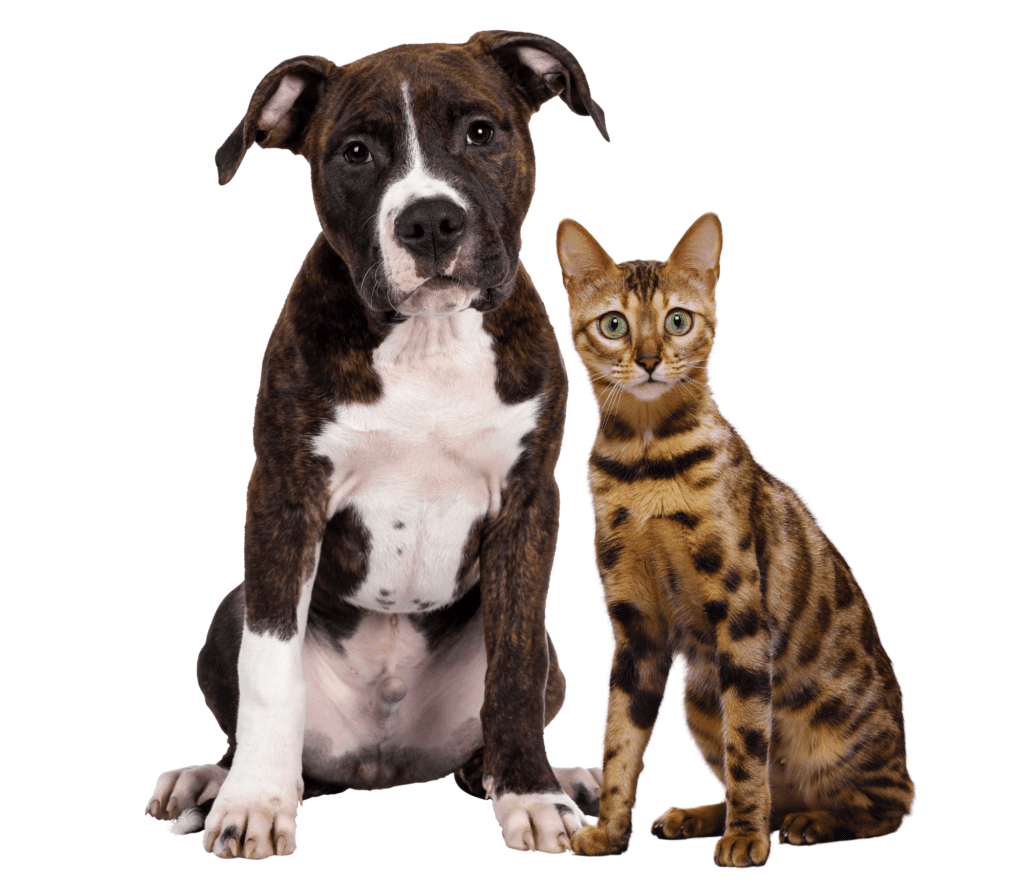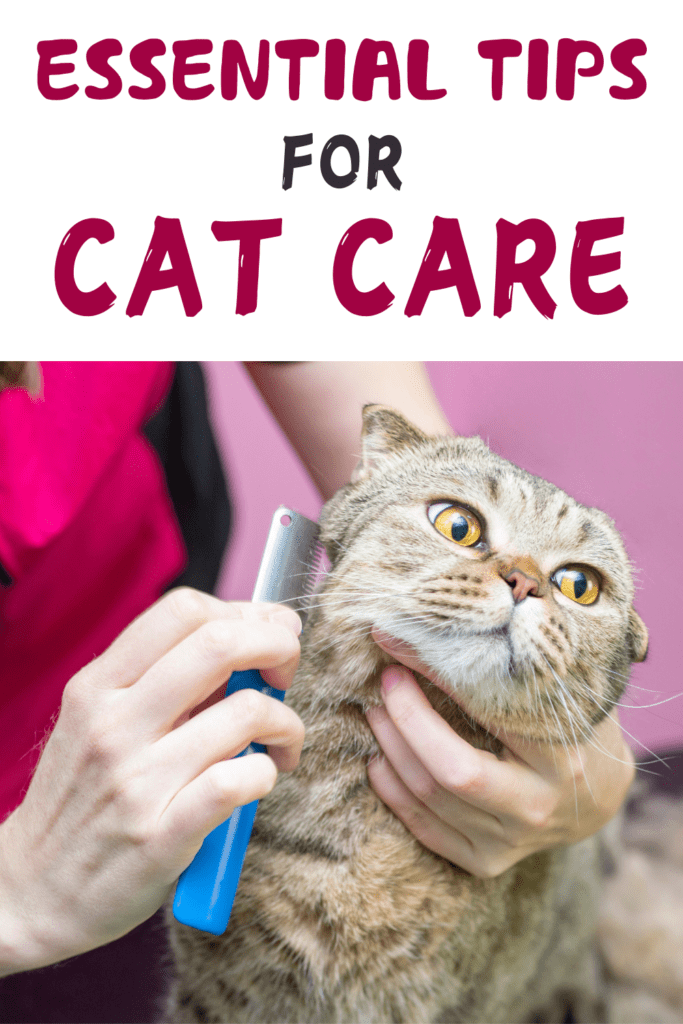This ” Top 10 Dog-Friendly Cat Breeds You Need to Know ” post may contain affiliate links, which means I’ll receive a commission if you purchase through my link, at NO EXTRA COST TO YOU
Top 10 Dog-Friendly Cat Breeds You Need to Know
e a commission if you purchase through my link, at NO EXTRA COST TO YOU
Bringing a new pet into your home is always an exciting experience. However, if you already have a dog and are considering adding a cat to your family, it’s important to choose a breed that is known for being dog-friendly. Some cat breeds are naturally more sociable and adaptable, making them better suited to coexist with dogs. In this guide, we’ll explore the top cat breeds that are known for their ability to get along well with dogs, providing you with everything you need to know to create a harmonious household.

Understanding Cat-Dog Dynamics
Before diving into specific cat breeds, it’s essential to understand the general dynamics between cats and dogs. Cats and dogs are different species with distinct behavioral traits. While some cats may be cautious or even fearful of dogs, others may be curious and sociable. The success of introducing a cat to a dog largely depends on the individual personalities of the animals, their past experiences, and how the introduction is managed.
Key Factors to Consider
- Temperament: Cats with a calm and tolerant temperament are more likely to get along with dogs. Breeds known for their friendly and adaptable nature are usually a good choice.
- Size and Energy Levels: Cats that are larger or have similar energy levels to the dog may feel less threatened and more confident in their interactions.
- Socialization: Cats that have been well-socialized from a young age are generally more comfortable around dogs.
- Introduction Process: A gradual and controlled introduction process is crucial to ensure both the cat and dog feel safe and secure.
Top Cat Breeds That Are Good with Dogs
1. Maine Coon
Overview: Maine Coons are one of the largest and most popular cat breeds. Known for their gentle and affectionate nature, they are often referred to as “gentle giants.” Maine Coons are sociable and tend to get along well with other pets, including dogs.
Why They’re Good with Dogs: Maine Coons are confident and laid-back, making them less likely to be intimidated by dogs. Their playful nature often matches well with the energy levels of dogs, leading to positive interactions.
Temperament: Friendly, outgoing, and patient.
Key Features:
- Large size and robust build.
- Long, flowing coat that requires regular grooming.
- Known for their intelligence and dog-like behavior.

2. Ragdoll
Overview: Ragdolls are a breed known for their calm and docile temperament. They are often described as being “dog-like” due to their affectionate and laid-back nature.
Why They’re Good with Dogs: Ragdolls are highly adaptable and tend to form strong bonds with both humans and other pets, including dogs. Their easygoing nature makes them less likely to react aggressively to a dog’s presence.
Temperament: Calm, gentle, and affectionate.
Key Features:
- Large size with a soft, plush coat.
- Blue eyes and a color-point pattern.
- Known for going limp when picked up, hence the name “Ragdoll.”

3. Siberian
Overview: Siberians are a robust and hearty breed originally from Russia. They are known for their playful and adventurous spirit, as well as their loyalty to their human families.
Why They’re Good with Dogs: Siberians are confident and fearless, traits that help them interact positively with dogs. They are also highly social and enjoy the company of other pets.
Temperament: Playful, friendly, and intelligent.
Key Features:
- Dense, water-resistant coat that requires regular grooming.
- Strong and muscular build.
- Agile and active, often enjoying climbing and exploring.

4. Abyssinian
Overview: The Abyssinian is one of the oldest and most well-known cat breeds. They are energetic, curious, and known for their love of play.
Why They’re Good with Dogs: Abyssinians are social cats that thrive in environments where they have company. Their high energy levels and playful nature often make them compatible with dogs who enjoy interactive play.
Temperament: Active, inquisitive, and social.
Key Features:
- Short, ticked coat that requires minimal grooming.
- Sleek and athletic build.
- Known for their playful and curious nature.

5. Birman
Overview: Birmans are a breed known for their gentle and loving nature. They are social cats that enjoy the company of both humans and other animals.
Why They’re Good with Dogs: Birmans are patient and tolerant, making them more likely to coexist peacefully with dogs. They are not easily startled and are known for their affectionate nature.
Temperament: Gentle, affectionate, and loyal.
Key Features:
- Medium-long coat with a silky texture.
- Blue eyes and distinctive color-point markings.
- Known for their friendly and social demeanor.

6. Norwegian Forest Cat
Overview: Norwegian Forest Cats are a large, sturdy breed with a calm and friendly disposition. They are known for their independent yet affectionate nature.
Why They’re Good with Dogs: Norwegian Forest Cats are confident and adaptable, making them well-suited to living with dogs. They are social animals that enjoy interacting with both humans and other pets.
Temperament: Calm, independent, and friendly.
Key Features:
- Thick, water-resistant coat that requires regular grooming.
- Muscular build with a large, sturdy frame.
- Enjoy climbing and exploring, making them an active breed.

7. Tonkinese
Overview: Tonkinese cats are a cross between Siamese and Burmese breeds. They are known for their affectionate and playful nature, as well as their strong bonds with their human families.
Why They’re Good with Dogs: Tonkinese cats are social and enjoy the company of other pets, including dogs. Their playful and outgoing nature makes them well-matched for households with active dogs.
Temperament: Playful, affectionate, and social.
Key Features:
- Short, soft coat that requires minimal grooming.
- Medium-sized with a muscular build.
- Known for their vocal and interactive behavior.

8. Bengal
Overview: Bengals are a striking breed known for their wild appearance and energetic nature. They are highly active and enjoy interactive play.
Why They’re Good with Dogs: Bengals have a confident and bold personality, making them more likely to stand their ground with dogs. Their high energy levels and love for play often lead to positive interactions with playful dogs.
Temperament: Energetic, confident, and playful.
Key Features:
- Short coat with distinctive spotted or marbled markings.
- Muscular and athletic build.
- Known for their intelligence and curiosity.

9. Sphynx
Overview: The Sphynx is a unique breed known for its hairless appearance and outgoing personality. They are affectionate and thrive on human companionship.
Why They’re Good with Dogs: Sphynx cats are social and enjoy being the center of attention, making them more likely to get along with dogs. Their affectionate nature and desire for interaction make them a good match for homes with dogs.
Temperament: Affectionate, social, and curious.
Key Features:
- Hairless with wrinkled skin that requires regular care.
- Medium-sized with a muscular build.
- Known for their playful and extroverted nature.

10. Turkish Van
Overview: Turkish Vans are a rare and unique breed known for their love of water and active nature. They are intelligent and enjoy exploring their environment.
Why They’re Good with Dogs: Turkish Vans are confident and curious, traits that help them interact positively with dogs. Their active nature and love for play make them well-suited for homes with dogs that enjoy similar activities.
Temperament: Active, curious, and intelligent.
Key Features:
- Semi-long coat that is water-resistant.
- Distinctive color pattern with a white body and colored head and tail.
- Known for their love of water and playful nature.

Tips for Introducing Cats and Dogs
Introducing a cat and dog can be challenging, but with the right approach, it’s possible to foster a peaceful relationship between them. This guide offers essential tips for successfully introducing cats and dogs, including gradual introductions, creating safe spaces, and using positive reinforcement. Whether you’re bringing a new cat into a dog-friendly home or vice versa, these strategies will help ensure a smooth transition and harmonious coexistence in your multi-pet household.
1. Start Slowly: Allow the cat and dog to get used to each other’s scent before meeting face-to-face. This can be done by swapping bedding or using a baby gate.
2. Supervised Introductions: When introducing the cat and dog, keep the dog on a leash and allow the cat to approach at its own pace. Monitor their interactions closely.
3. Create Safe Spaces: Ensure that the cat has access to high perches or separate rooms where it can retreat if it feels overwhelmed.
4. Positive Reinforcement: Reward both the cat and dog with treats and praise for calm and positive interactions.
5. Be Patient: It may take time for the cat and dog to become comfortable with each other. Gradually increase their time together as they become more relaxed.
Conclusion
Choosing a cat breed that is known for getting along well with dogs can help create a harmonious household. Maine Coons, Ragdolls, Siberians, and several other breeds are excellent choices for homes with dogs. However, it’s essential to remember that individual personalities play a significant role in the success of cat-dog relationships. With patience, careful introductions, and the right breed selection, your cat and dog can become the best of friends.
By understanding the characteristics and temperaments of different cat breeds, you can make an informed decision that ensures a peaceful and happy coexistence between your pets. Whether you’re adding a cat to a home with a dog or vice versa, the key is to prioritize compatibility and provide both animals with the love and care they need.






